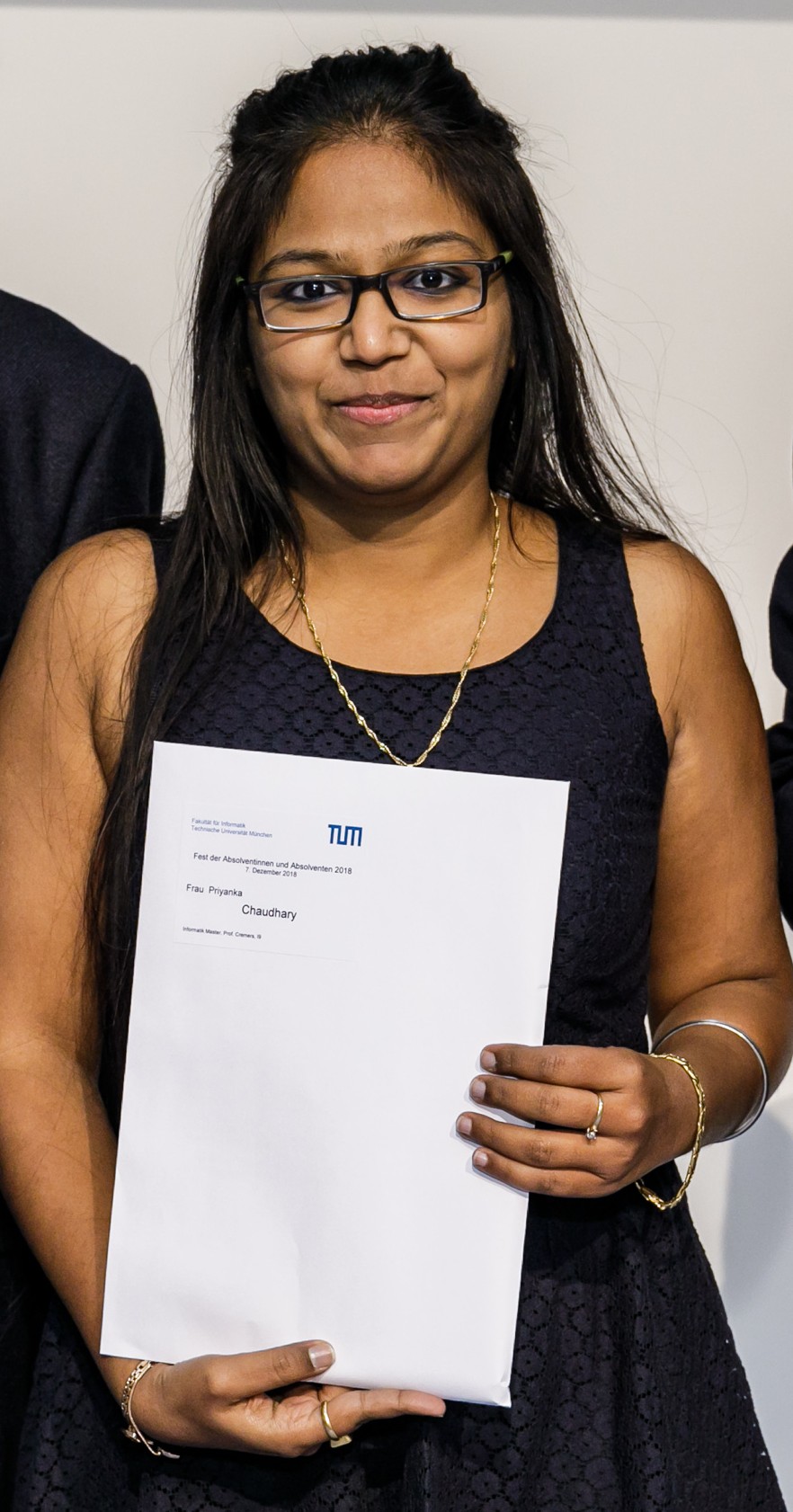Water level prediction from social media images with a multi-task ranking approach
Published in ISPRS Journal of Photogrammetry and Remote Sensing, Volume 167, 2020, Pages 252-262, ISSN 0924-2716, 2020
Recommended citation: @article{CHAUDHARY2020252, title = {Water level prediction from social media images with a multi-task ranking approach}, journal = {ISPRS Journal of Photogrammetry and Remote Sensing}, volume = {167}, pages = {252-262}, year = {2020}, issn = {0924-2716}, doi = {https://doi.org/10.1016/j.isprsjprs.2020.07.003}, url = {https://www.sciencedirect.com/science/article/pii/S0924271620301842}, author = {P. Chaudhary and S. D’Aronco and J.P. Leitão and K. Schindler and J.D. Wegner}} https://doi.org/10.1016/j.isprsjprs.2020.07.003
*Abstract* Floods are among the most frequent and catastrophic natural disasters and affect millions of people worldwide. It is important to create accurate flood maps to plan (offline) and conduct (real-time) flood mitigation and flood rescue operations. Arguably, images collected from social media can provide useful information for that task, which would otherwise be unavailable. We introduce a computer vision system that estimates water depth from social media images taken during flooding events, in order to build flood maps in (near) real-time. We propose a multi-task (deep) learning approach, where a model is trained using both a regression and a pairwise ranking loss. Our approach is motivated by the observation that a main bottleneck for image-based flood level estimation is training data: it is difficult and requires a lot of effort to annotate uncontrolled images with the correct water depth. We demonstrate how to efficiently learn a predictor from a small set of annotated water levels and a larger set of weaker annotations that only indicate in which of two images the water level is higher, and are much easier to obtain. Moreover, we provide a new dataset, named DeepFlood, with 8145 annotated ground-level images, and show that the proposed multi-task approach can predict the water level from a single, crowd-sourced image with ≈11 cm root mean square error. Keywords: Object detection; Deep learning; Image segmentation; Flood estimation; Learning to rank; Flood detection \ [**Download report here**](https://doi.org/10.1016/j.isprsjprs.2020.07.003) [or here](https://arxiv.org/abs/2007.06749) Recommended citation: @article{CHAUDHARY2020252, title = {Water level prediction from social media images with a multi-task ranking approach}, journal = {ISPRS Journal of Photogrammetry and Remote Sensing}, volume = {167}, pages = {252-262}, year = {2020}, issn = {0924-2716}, doi = {https://doi.org/10.1016/j.isprsjprs.2020.07.003}, url = {https://www.sciencedirect.com/science/article/pii/S0924271620301842}, author = {P. Chaudhary and S. D’Aronco and J.P. Leitão and K. Schindler and J.D. Wegner} }